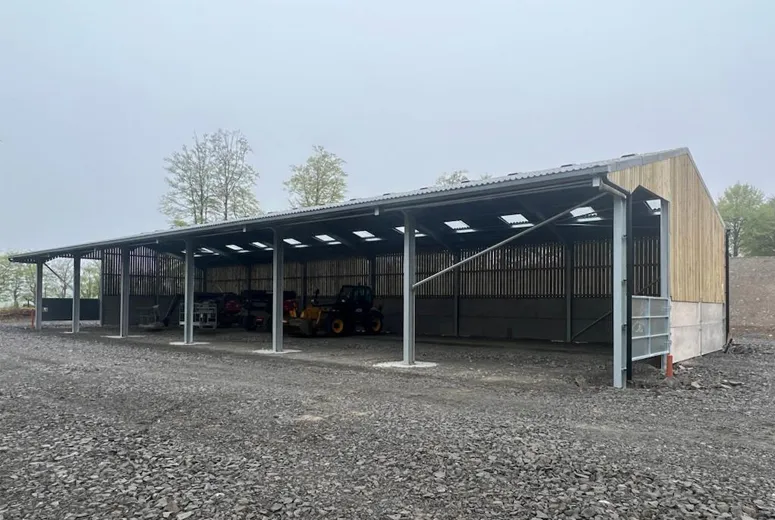- Afrikaans
- Albanian
- Amharic
- Arabic
- Armenian
- Azerbaijani
- Basque
- Belarusian
- Bengali
- Bosnian
- Bulgarian
- Catalan
- Cebuano
- Corsican
- Croatian
- Czech
- Danish
- Dutch
- English
- Esperanto
- Estonian
- Finnish
- French
- Frisian
- Galician
- Georgian
- German
- Greek
- Gujarati
- Haitian Creole
- hausa
- hawaiian
- Hebrew
- Hindi
- Miao
- Hungarian
- Icelandic
- igbo
- Indonesian
- irish
- Italian
- Japanese
- Javanese
- Kannada
- kazakh
- Khmer
- Rwandese
- Korean
- Kurdish
- Kyrgyz
- Lao
- Latin
- Latvian
- Lithuanian
- Luxembourgish
- Macedonian
- Malgashi
- Malay
- Malayalam
- Maltese
- Maori
- Marathi
- Mongolian
- Myanmar
- Nepali
- Norwegian
- Norwegian
- Occitan
- Pashto
- Persian
- Polish
- Portuguese
- Punjabi
- Romanian
- Russian
- Samoan
- Scottish Gaelic
- Serbian
- Sesotho
- Shona
- Sindhi
- Sinhala
- Slovak
- Slovenian
- Somali
- Spanish
- Sundanese
- Swahili
- Swedish
- Tagalog
- Tajik
- Tamil
- Tatar
- Telugu
- Thai
- Turkish
- Turkmen
- Ukrainian
- Urdu
- Uighur
- Uzbek
- Vietnamese
- Welsh
- Bantu
- Yiddish
- Yoruba
- Zulu
Oct . 18, 2024 05:46 Back to list
Building with Steel Frame A Modern Approach to Construction
In the ever-evolving realm of construction, the use of steel frames has emerged as a powerful and preferred method for building various structures. From residential homes to towering skyscrapers, steel frame construction is increasingly becoming the backbone of modern architecture due to its numerous advantages such as strength, flexibility, and sustainability.
One of the primary benefits of steel frame construction is its remarkable strength-to-weight ratio. Steel is incredibly strong yet lightweight, allowing architects and engineers to create larger open spaces without the need for excessive internal support columns. This flexibility in design not only enhances the aesthetic appeal of buildings but also maximizes usable space. In urban settings, where land is often at a premium, the ability to construct taller and more expansive buildings without overwhelming their foundations is invaluable.
Building with Steel Frame A Modern Approach to Construction
Another notable advantage of steel frame construction is its speed of assembly. Compared to conventional building methods, pre-fabricated steel components can be manufactured and transported to the construction site efficiently. This streamlined process significantly reduces construction time, allowing projects to be completed faster and minimizing disruptions. For businesses and stakeholders, this means quicker return on investments and reduced labor costs.
building with steel frame

From an environmental perspective, steel is a sustainable choice for construction. Most steel is produced from recycled materials, and the steel industry emphasizes recycling, with a high percentage of steel being recovered and reused at the end of its life cycle. This aligns with growing global trends toward sustainable building practices and green construction. Steel frames can contribute to achieving LEED (Leadership in Energy and Environmental Design) certification, making them an attractive option for eco-conscious builders and developers.
Moreover, the advancements in technology have led to innovations in steel frame construction, allowing architects and engineers to push the boundaries of design. High-rise buildings that were once thought impossible are now realized through the use of innovative steel framing systems. Techniques such as modular construction, which involves assembling sections of a building off-site and then transporting them for final assembly, further enhance the adaptability and creativity in design.
However, it is important to acknowledge the potential downsides of steel frame construction. The initial costs can be higher compared to traditional materials, and depending on the climate, steel frames may require additional thermal insulation to improve energy efficiency. But as technology progresses and the demand for steel continues to rise, these costs are poised to decrease, making steel frames an even more accessible option for builders.
In conclusion, the use of steel frames in construction is a testament to modern engineering and architectural ingenuity. With their durability, strength, speed of assembly, and sustainability, steel frames are transforming the way we approach building design and construction. As more architects and builders embrace this innovative method, we can anticipate a future where the skylines of our cities are not only more impressive but also more resilient and environmentally friendly. Embracing the potential of steel frame construction is a step towards smarter, sustainable, and more functional urban environments, reflecting the needs and aspirations of contemporary society.
-
How Do Prefabricated Steel Structures Transform Modern Construction?
NewsJul.14,2025
-
How Do Prefabricated Metal Buildings Redefine Modern Construction?
NewsJul.14,2025
-
How Do Prefab Insulated Metal Buildings and Steel Structures Revolutionize Modern Construction?
NewsJul.14,2025
-
How Do Pre - Engineered Steel Structures Redefine Modern Construction?
NewsJul.14,2025
-
Advancing Modular Construction with Prefabricated Metal Structures
NewsJul.14,2025
-
Advancing Industrial Infrastructure with Prefabricated Steel Solutions
NewsJul.14,2025
Products categories
Our Latest News
We have a professional design team and an excellent production and construction team.












